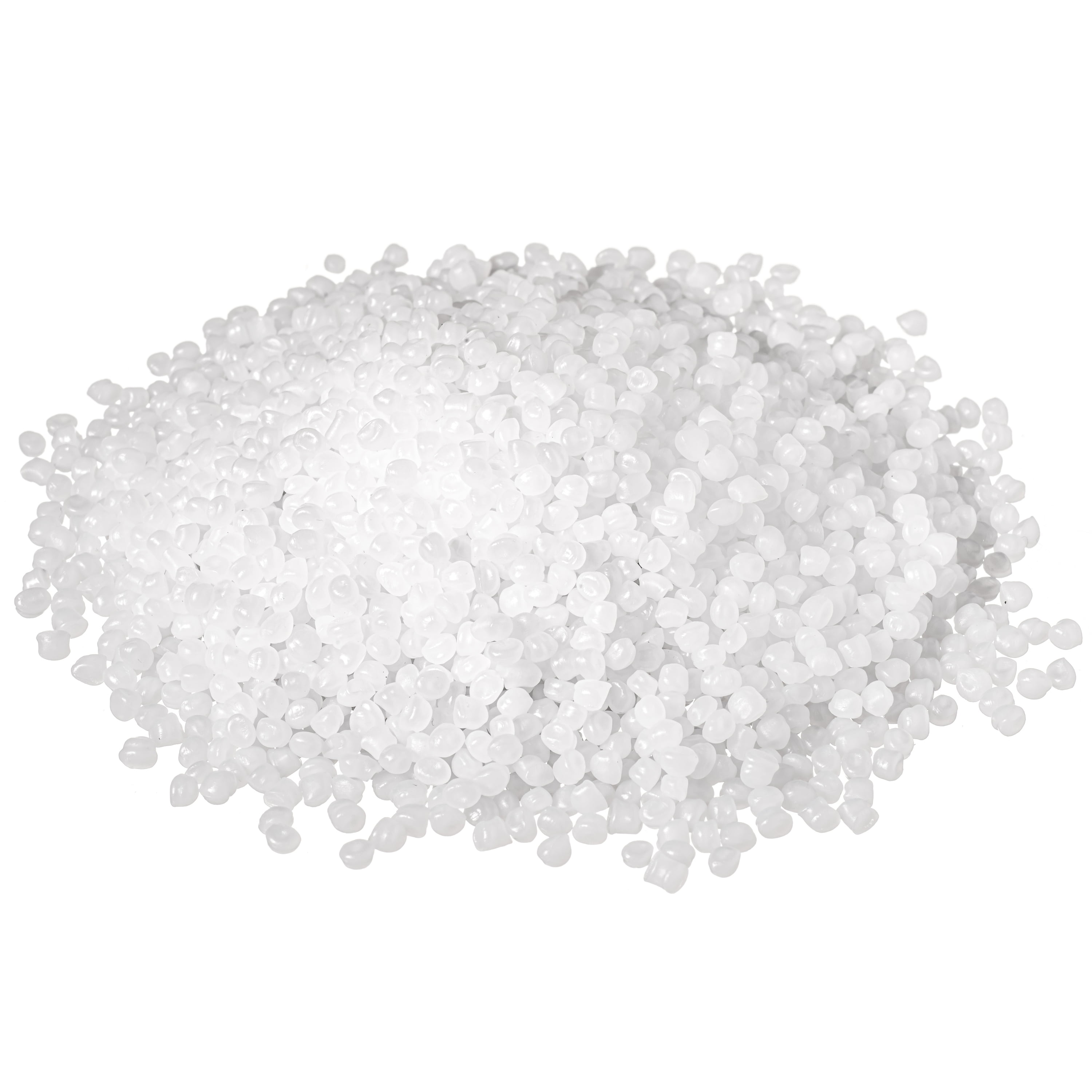A Deep Dive into the World in Specialized Injection Molding
Tailored injection molding is a vital production technique that enables the production of detailed plastic parts tailored to exact specifications. This modern method enables manufacturers to create high volumes of components with precision and effectiveness. Whether it's for cars, household items, or manufacturing processes, custom injection molding provides a adaptable solution that meets the different requirements of multiple sectors.
At its heart, custom injection molding consists of melting plastic pellets and injecting the molten material into a mold. Once the material hardens and becomes firm, it takes the form of the mold, resulting in a finished product that can be utilized right away. This technique not only streamlines production but also provides that each part is standardized in quality and reliability. In this article, we will explore the intricacies of custom injection molding, focusing on its advantages, applications, and the considerations that influence the design and production process.
Understanding Tailored Injection Forming
Tailored injection molding is a manufacturing process that produces parts by injecting molten substances into a mold. This technique is commonly used in various industries, including vehicle , clinical, and consumer products, due to its effectiveness and versatility. It allows producers to produce elaborate forms and styles with high precision, making it an vital method in modern manufacturing.
The process commences with creating a mold based on the specific needs of the product. This form is often crafted from durable materials to endure the elevated forces involved. Once the mold is set, synthetic or other materials are warmed until they become fluid and then forced into the mold cavity. After chilling and solidifying, the mold is unlocked to expose the finished part. This capability to create elaborate pieces quickly is what sets custom injection forming aside from other manufacturing techniques.
Personalized injection forming is not just only creating high volumes of a individual component; it also enables for customization to satisfy distinct requirements. Fabricators can modify the material, dimension, and features of the component according to the client's needs. This adaptability makes custom injection molding a chosen choice for businesses looking to create tailored solutions without sacrificing on standards or productivity.
Benefits of Custom Injection Molding
Tailored injection molding offers significant cost efficiency, particularly for high-volume production runs. By designing custom molds for distinct parts, manufacturers can manufacture high volumes with reduced material waste. The effectiveness of the injection process and the accuracy of the molds reduce the overall manufacturing expenses per item, positioning it as an attractive option for companies looking to enhance their financial resources while upholding quality.
Another advantage is the capability to achieve complex designs and shapes that can be challenging with other production techniques. Custom injection molding enables the incorporation of fine details and varying wall dimensions, which can enhance both functionality and aesthetics. This adaptability allows businesses to innovate and develop unique products that meet particular market demands or customer requirements.
Additionally, the method supports the use of a wide range of materials, from thermoplastics to elastomers, each offering distinct properties like durability, flexibility, or resistance to chemicals. This flexibility means that businesses can choose the most suitable materials for their specific uses, resulting in enhanced performance and longevity of the final products. spintax
The Injection Molding Process

Injection molding begins with the assembly of materials, typically in the shape of plastic pellets. These pellets are fed into a feeder and then heated in a cylinder where they melt down into a viscous liquid state. This liquid plastic is necessary for creating the specific forms and designs needed for custom injection molding. The heating phase ensures that the material flows smoothly when injected into the mold, allowing detailed designs to be created.
Once the plastic is melted completely, it is injected into a specific mold under intense pressure using a screw-type injector or plunger. The custom mold is designed specifically for the item being created, allowing for intricate details and optimized production. After the molten plastic completes the mold cavity, it cools and hardens rapidly. This cooling phase is essential, as it establishes the final dimensions and strength of the part. Once cooled, the mold opens, and the completed item is removed.
Finally, quality control checks are often put in place to ensure that each product meets the specifications required. This might involve inspection for size accuracy, material integrity, and surface finish. Any flaws detected can lead to adjustments in the process or the mold itself. Custom injection molding thus provides a extremely efficient and consistent method for producing top-quality plastic parts, making it a popular choice across different industries.